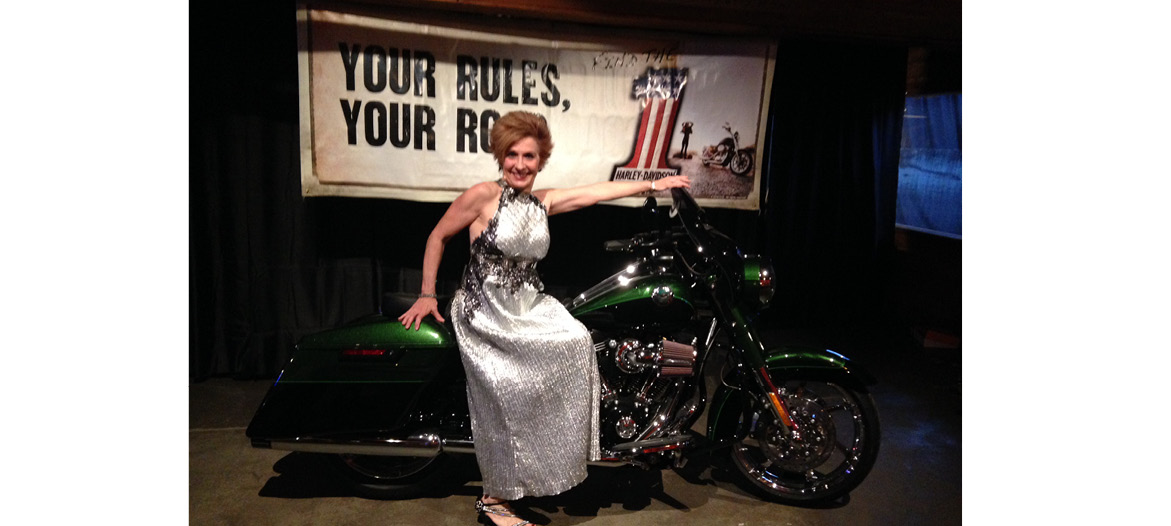I recently consulted a new client who procured 466 silent auction items for 300 guests for last year’s auction. To the layperson, more items seems better so the auction must’ve been a success.
In reality, the client’s volunteers were burned out and 47 items didn’t sell. Most of the other items sold at the starting bid since it was a “buyer’s market.”
Clearly, my client could have procured fewer items (less work) to create a more competitive bidding environment (bigger donations).
But which items should stay and which should go? I put on my “Data Detective” hat, and I was on the case.
PVR: The Most Important Auction Metric
As with all my clients, I started with a data dive. Specifically, I looked at % of Value Return (PVR).
PVR = Winning Bid Amount / Item Value
If, say, a signed football has a fair market value of $50 and it sells for $400, then the PVR = $400 / $50 = 800%. Or, if a bottle of wine has a fair market value of $40 and sells for $20, then the PVR = $20 / $40 = 50%.
Obviously, the higher the PVR, the better. Most silent auctions take in a PVR of 50% to 60%, and most live auctions take in a PVR of 75% to 85% and higher.
My client with too many items had an overall PVR of 36%…an unsolved crime worth further investigation.
Calculate PVR by Item and Category
I set up a spreadsheet with the item, category, value and winning bid in columns A, B, C and D, respectively. Then, I calculated PVR in cell E2 with the formula “=D2/C2”, copied the formula down, and sorted PVR in descending order.

Finally, I used a pivot table to summarize PVR by category.

So Who Dunnit?
Now that I summarized the items, categories and values, it was time to identify the culprits for the poor auction performance.
I discovered 275 of their 466 items sold at 60% or higher, meaning that they could have done without the other 191 items. This would have saved volunteers time and increased competition for the remaining items.
Further, 125 items sold at 100% PVR or higher, which would have been a more appropriate number of silent auction items to the guest ratio.
Additionally, their best category was “College Sports” at a 134% PVR, so these items should get the most prominent placement this year.
Don’t Stop Your Investigation With PVR
PVR is great for identifying your best auction items and categories. But, what about identifying your best donors?
With the same client who had too many items, I sorted a spreadsheet of each attendee by total winning bid amount, and again by giving in the Paddle Raise. I discovered two notable things.
First, 70% of the winning bids came from just ten people! Not only did this confirm our decision to reduce our auction lineup, it also meant we needed to find more people like the top ten guests. It turned out we were inviting too many “eaters-not-bidders.”
Second, we noticed a very generous donor in the Paddle Raise whom the auction committee didn’t recognize. After some digging, we discovered his sister was a client of the organization.
Since the organization needed to secure a lead gift for the Paddle Raise this year, the development director contacted the generous donor personally and secured a lead gift of $10,000. The personal outreach wouldn’t have happened without the data dive.
The Broader Case for Data Analysis
My client’s story is indicative of a broader lesson for auction organizers: If you don’t know what happened at last year’s auction, then you’re heading into this year’s event blind.
Without looking at the data, every decision you make is just a guess, and you’ll have no way to measure whether your changes from last year worked.
Further, you’ll miss out on valuable and unexpected nuggets, like the generous donor who contributed the lead gift, and who was inspired to round up the dollar amount announced at the end of the program by making an additional gift of $7,000.
Here’s another example. While on a data dive for another client’s event, I identified the historically best selling item in the silent auction, a fishing trip with a pro fisherman, and recommended we promote it to the live auction.
The result? While the trip typically sold for around $900 in the silent auction, it sold twice in the live auction for a combined $10,000!
Data Analysis Is Easier Than Ever
Prior to the 2020 pandemic, auction organizers were rapidly adopting mobile bidding software. The industry shift to virtual galas has only accelerated this change.
A benefit to mobile bidding software is that all the data you could ever want is automatically collected for you. Further, many products come with native analytics tools so you needn’t export your data to spreadsheets.
All this is to say you have no excuse not to put on your “Data Detective” hat before and after your online auction!




